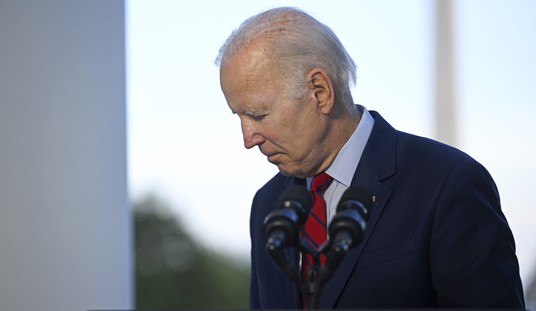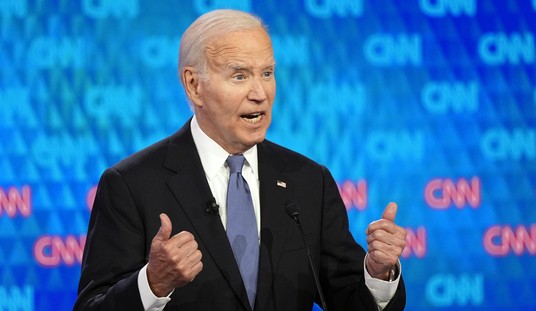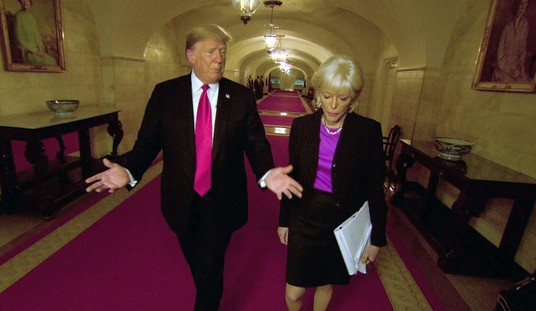Everybody expects politicians to lie, especially during an election year. You can bet the rent money on it.
Among the many lies we can expect to hear this election year, none will be bigger or more often repeated, in the media as well as by politicians, than the lie that there is a widening income gap between the rich and the poor.
Why is that a lie, when there are so many statistics that seem to substantiate it?
Let's start at square one and take it a step at a time.
First of all, there is a fundamental difference between statistical categories and flesh-and-blood human beings.
When there is a growing disparity between one statistical category and another statistical category over time, that does not mean that there is a corresponding growing disparity between flesh-and-blood human beings over time, since human beings move from one statistical category to another.
The statistical categories in this case are income brackets. There is no question that incomes in the top income brackets have risen both absolutely and relative to the bottom income brackets.
The joker is that millions of people move from one income bracket to another.
The even bigger joker is that taxpayers whose incomes were in the bottom 20 percent in 1996 had a 91 percent increase in incomes by 2005.
Meanwhile, taxpayers in the top one-hundredth of one percent -- "the rich" or "superrich" if you believe politicians and the media -- had their incomes drop by 26 percent over those very same years.
Obviously, when millions of people's incomes nearly double in a decade, many of them move up out of the bottom income bracket. Similarly, when other people who were at the top see their income drop by about one-fourth, many of them drop out of that bracket.
Recommended
When we talk about "the rich" and "the poor" we mean rich and poor human beings, not rich and poor statistical brackets. Yet politicians and the media treat people and statistical categories as if they were the same thing.
Part of the reason is that data on statistical brackets are more numerous and easier to find, whether from Census Bureau statistics or from a variety of other sources.
Data based on following actual flesh-and-blood individuals over time are, however, also available. The statistics quoted above are from the Treasury Department, which has people's income tax returns, so it is no problem for them to follow the same people over the years.
You can check out the numbers for yourself in a November 13, 2007 report from the Treasury Department titled "Income Mobility in the United States from 1996 to 2005." You can find a summary of the same data in a Wall Street Journal editorial that same day.
These are not the only data that tell a diametrically opposite story from the usual political and media story that the rich are getting richer and the poor are getting poorer.
A previous Treasury Department study showed similar patterns in individual income changes between 1979 and 1988.
Moreover, a study conducted at the University of Michigan, following the same individuals over an even longer span of time, likewise found most people moving from income bracket to income bracket over time -- especially among those who began in the bottom 20 percent.
The University of Michigan Panel Survey on Income Dynamics showed that, among people who were in the bottom 20 percent income bracket in 1975, only 5 percent were still in that category in 1991. Nearly six times as many of them were now in the top 20 percent in 1991.
There was a summary of the University of Michigan data in the 1995 annual report of the Federal Reserve Bank of Dallas, which also issued an excerpt titled "By Our Own Bootstraps."
Among the intelligentsia, it is fashionable to sneer at income mobility as a "Horatio Alger myth" -- and, as someone once said, you cannot refute a sneer. But, among people who have not yet abandoned facts for rhetoric, it is worth stopping to consider whether they are being played for fools by politicians and much of the media.

























Join the conversation as a VIP Member